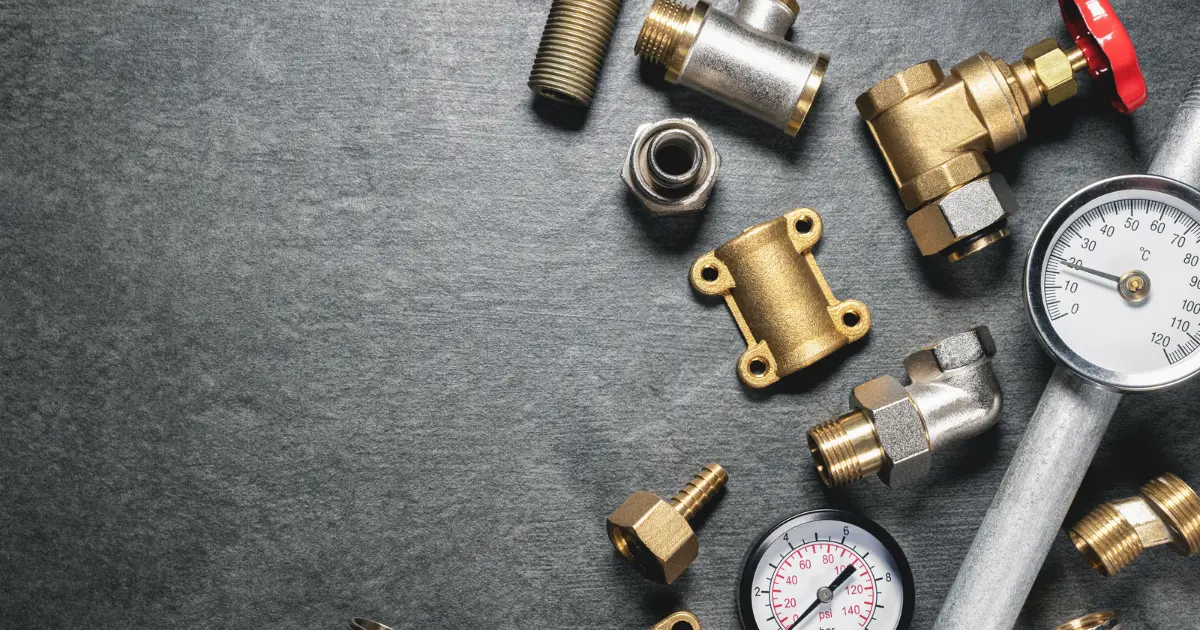Imagine moving out from a high-rise flat in London – sounds chaotic doesn’t it? This is where the ‘London removals’ step in with their efficient services making your move smooth and hassle-free. An integral part of these services involves diverse types of packaging which not only ensures safety but also adds convenience. Stay tuned to our article 3 Packaging Types, detailing this unnoticed yet important aspect.
Understanding the Importance of Packaging
Can you imagine buying one of your favorite products without its distinctive packaging? Imagine, for instance, that mobile phone you recently acquired from the London removals. The excitement begins right from unwrapping that brand-new box; it’s part of your consumer journey and adds a valuable dimension to your purchasing experience. This minor yet significant detail underscores the importance of packaging.
Furthermore, the way products are presented is integral in shaping customer perceptions and driving sales. Packaging is essentially the bridge between consumers and brands; it’s more than just a practical means for transportation or storage like those used by London removal companies. Effective packaging communicates to potential buyers what they can expect from product usage. In fact, innovative designs even have the power to become cultural icons, contributing significantly to how we remember certain periods or trends within society—it really is that powerful!
Type 1: Rigid Packaging – Advantages and Uses
The beauty of rigid packaging lies not only in its durability but also in its bespoke applications. Opting for this type of packaging when considering London removals, for instance, ensures your belongings stand less chance of becoming casualties to transport damages and mishaps. Not only does it lend an extra layer of protection to delicate items, but it also maximizes space usage within the transportation vehicle.
Rigid packaging goes beyond being a simple solution—it becomes an essential part of your moving strategy by delivering numerous logistical benefits. When used optimally in London removals, the design versatility and adaptability of rigid boxes help facilitate systematic packing and convenient unpacking at its destination, making relocation seamless as never before. Amalgamating functionality with aesthetics, such rugged yet sophisticated options can morph into an experience that is both efficient and class apart.
Type 2: Flexible Packaging – Benefits and Applications
Diving into the world of flexible packaging, we unearth an innovative avenue that revolutionizes the delivery culture. This pioneering ‘shipshape’ technique has profoundly impacted not just sectors like food and pharmaceuticals, but also businesses like removals in London. A swift move from rigid to flexible packaging reflects eco-friendliness and cutting-edge technology combined with efficient space utilization.
Aside from being lightweight and easy to handle, flexible packaging presents a world of potentially transformative benefits. Imagine removal tasks in London becoming incredibly handy thanks to re-sealable pouches or inflatable protective wraps! It’s not about just convenience, these novel packing methods enable sustainable resource usage and substantial carbon footprint reduction. Using less material directly means lower shipping costs and thereby economical scalability – a win-win scenario for both consumers and providers alike! With its myriad applications ranging from perishables transportation to sensitive pharmaceutical supplies, embracing flexibility can indeed be our stepping stone towards sustainability.
Type 3: Semi-Rigid Packaging – Pros and Key Areas of Usage
Semi-rigid packaging is becoming increasingly popular in various industries for its numerous advantages. One of the key pros of this type of packaging is its ability to provide a balance between flexibility and rigidity. Unlike flexible packaging, which may not offer adequate protection for certain products, semi-rigid packaging provides better support while still allowing for some degree of flexibility.
Another key advantage of semi-rigid packaging is its versatility. It can be used to package a wide range of products, including food and beverages, personal care items, electronics, and medical supplies. This versatility makes it an ideal choice for manufacturers who produce different types of goods as it eliminates the need for multiple types of packaging materials.
In addition to these benefits, semi-rigid packaging also offers improved shelf appeal and product visibility. The rigid structure allows for easier stacking on store shelves, creating a neat and organized display that attracts customers. Moreover, the clear or transparent nature of many semi-rigid materials enables consumers to see the product inside without opening the package. This transparency can enhance consumer trust by providing them with a clear view of what they are purchasing.
Choosing the Right Packaging for Your Product
Choosing the right packaging for your product is a critical decision that can make or break its success in the market. While it may seem like a simple task, it requires careful consideration of various factors to ensure the packaging not only protects and reflects your product but also resonates with consumers.
Firstly, you need to think about the nature of your product and its target market. If you are selling delicate or fragile items, you should opt for durable packaging materials such as sturdy cardboard or bubble wrap to prevent damage during transportation. On the other hand, if your product is more environmentally conscious, exploring sustainable packaging options like biodegradable materials or recyclable boxes can help align with consumer values.
Additionally, consider how your packaging represents your brand identity. The design and aesthetics should be cohesive with your brand’s voice and values while capturing attention on store shelves. Utilizing creative graphics, engaging colors, and innovative shapes can differentiate your product from competitors’ offerings and entice potential customers.
In conclusion,
choosing the right packaging for your product involves careful analysis of multiple facets such as durability, sustainability,
and branding strategies. Investing time into understanding consumer demands and preferences will ultimately result in a package that stands out on store shelves while ensuring adequate protection for your products throughout transportation stages.
By making informed decisions regarding packaging materials and designs, you will enhance customer satisfaction levels while showcasing environmental consciousness – both crucial factors contributing to long-term business success in today’s competitive market.
The Environmental Impact of Different Packaging Types
When it comes to packaging, the environmental impact cannot be ignored. Different types of packaging materials have varying levels of sustainability and carbon footprint. For instance, plastic packaging is lightweight and durable, but it takes hundreds of years to decompose in landfills. On the other hand, paper packaging is easily recyclable and biodegradable, yet it requires a significant amount of water and energy to produce.
Another aspect to consider is the amount of waste generated by each type of packaging. Single-use plastics have gained notoriety for their contribution to pollution in oceans and landfills. However, alternative eco-friendly materials like glass or aluminum can require more resources during production and transportation due to their heavier weight.
In recent years, there has been an increasing shift towards sustainable and innovative packaging solutions. Companies are experimenting with biodegradable plant-based plastics derived from renewable sources such as cornstarch or sugarcane waste. Additionally, some brands are exploring package-free options where products can be sold in bulk or refillable containers, minimizing waste altogether.
Ultimately, finding a balance between functionality, durability, carbon emissions reduction, and waste avoidance is crucial when considering the environmental impact of different packaging types. Consumers play a vital role by demanding sustainable alternatives while businesses must prioritize both user satisfaction and ecological responsibility. By collectively making informed choices about our product packaging preferences – choose recycling-friendly materials whenever possible – we contribute positively towards a greener future for our planet.
Conclusion: Summarizing the Importance of Appropriate Packaging
In conclusion, appropriate packaging plays a crucial role in the success of a product. It not only protects the item during transportation and storage but also enhances its appeal to consumers. The right packaging can make a product stand out on store shelves and convey important information about its features and benefits. Additionally, with increasing environmental concerns, sustainable packaging solutions are becoming more important than ever. By choosing eco-friendly materials and minimizing waste, companies can demonstrate their commitment to sustainability and attract environmentally conscious consumers. Therefore, it is imperative for businesses to prioritize appropriate packaging strategies that not only meet functional requirements but also align with consumer expectations and values. Let us recognize the importance of proper packaging and make informed choices that benefit both our businesses and the environment.






